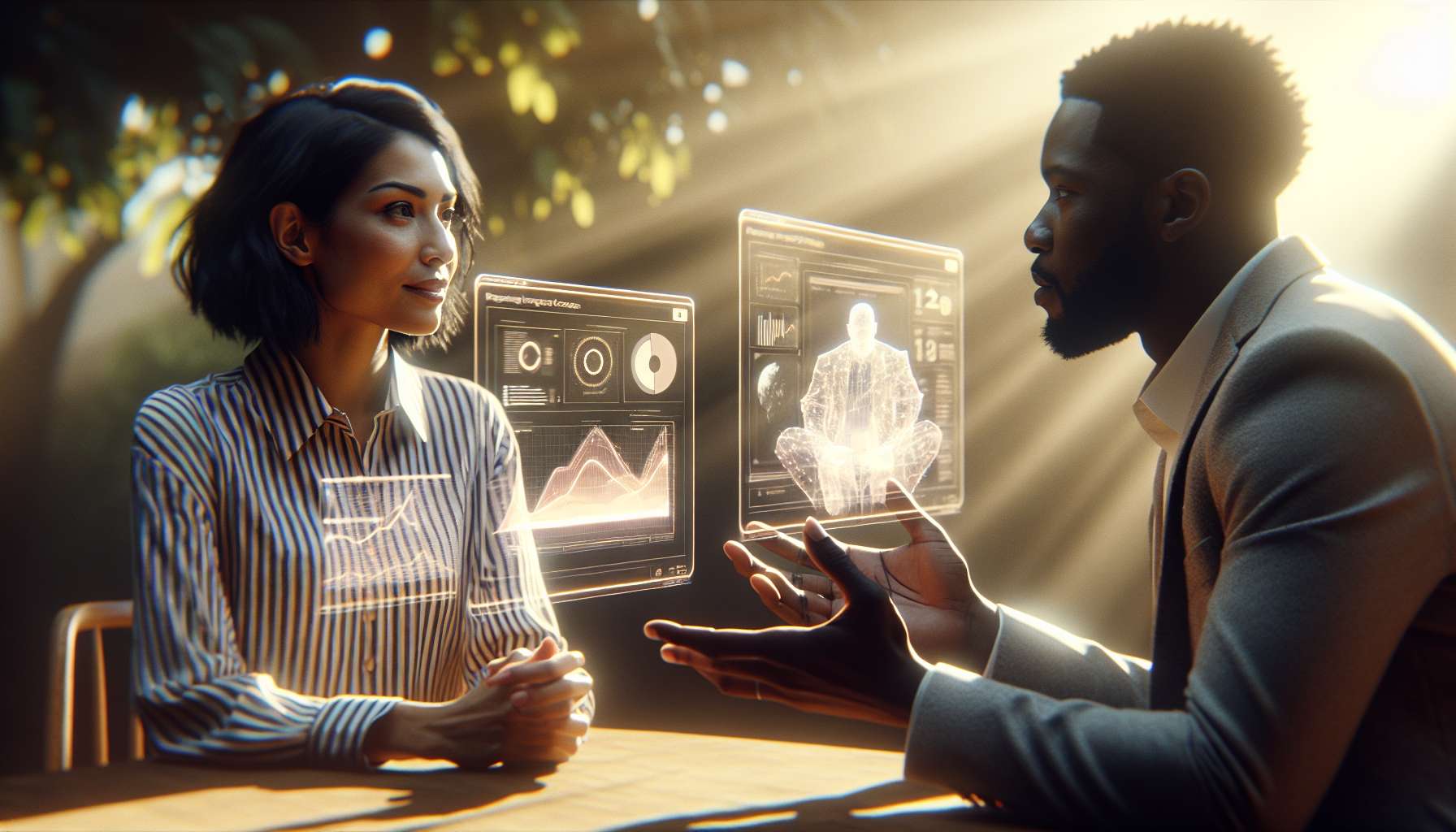Unlocking the Power of Augmented Reality to Enhance the B2B Customer Journey
As technology continues to evolve, businesses are constantly seeking innovative ways to enhance their customer journey and stay ahead of the competition. One such technology that has gained significant attention in recent years is augmented reality (AR). By blending the virtual world with the real world, AR has the potential to revolutionize the way businesses engage with their customers and optimize the B2B journey.
Understanding Augmented Reality
Before we delve into the ways AR can enhance the B2B customer journey, let’s first understand what augmented reality is. AR is a technology that overlays digital information, such as images, videos, or 3D models, onto the real world. It allows users to interact with virtual objects in their physical environment, creating a seamless and immersive experience.
Enhancing the B2B Customer Journey
AR offers a wide range of opportunities to enhance the B2B customer journey at various touchpoints. Let’s explore some key areas where AR can make a significant impact:
- Product Visualization: AR enables businesses to showcase their products in a virtual environment, allowing customers to visualize and interact with them before making a purchase. This not only enhances the customer’s understanding of the product but also boosts confidence in their buying decision.
- Virtual Showrooms: With AR, businesses can create virtual showrooms where customers can explore and experience their products in a realistic way. This eliminates the need for physical showrooms, reduces costs, and expands the reach to a global audience.
- Interactive Product Demos: AR can transform traditional product demos into interactive and immersive experiences. Customers can use their smartphones or AR-enabled devices to see how a product works, its features, and even simulate its usage in their own environment.
- Remote Assistance: AR can facilitate remote assistance by allowing experts to provide real-time guidance and support to customers. Through AR-enabled devices, experts can overlay instructions, annotations, or even draw on the customer’s screen, making troubleshooting and problem-solving more efficient.
- Training and Onboarding: AR can revolutionize training and onboarding processes by providing interactive and hands-on experiences. Employees can learn complex procedures or operate machinery through AR simulations, reducing the learning curve and improving overall productivity.
Real-World Examples
Several businesses have already embraced AR to enhance their B2B customer journey. Here are a few notable examples:
- IKEA: The furniture giant introduced the IKEA Place app, which allows customers to virtually place furniture in their homes using AR. This helps customers visualize how the furniture will look and fit in their space, leading to more informed purchasing decisions.
- Caterpillar: The construction equipment manufacturer utilizes AR to provide remote assistance to its customers. Through the CAT AR app, customers can connect with experts who can guide them through maintenance and repair tasks, reducing downtime and increasing customer satisfaction.
- Siemens: Siemens leverages AR to enhance its training programs. The company developed an AR-based training solution that enables technicians to learn complex procedures in a simulated environment, improving their skills and reducing the risk of errors in real-world scenarios.
The Future of AR in B2B
The potential of AR in enhancing the B2B customer journey is vast, and the technology is only expected to grow in the coming years. According to a report by MarketsandMarkets, the AR market is projected to reach $77.0 billion by 2025, driven by the increasing adoption of AR in various industries.
As businesses continue to explore the possibilities of AR, it is crucial to stay informed and embrace this technology to optimize the B2B journey. By leveraging AR’s capabilities, businesses can provide unique and immersive experiences that differentiate them from competitors, drive customer engagement, and ultimately boost their bottom line.
So, if you’re looking to enhance your B2B customer journey, it’s time to consider the power of augmented reality. Embrace this technology, unlock its potential, and take your business to new heights.





